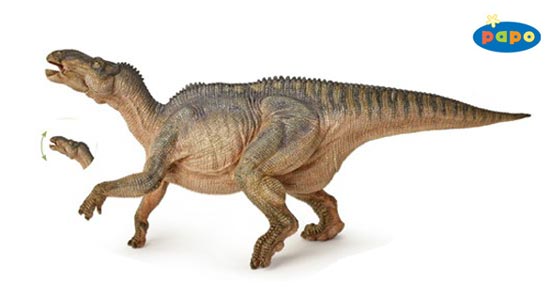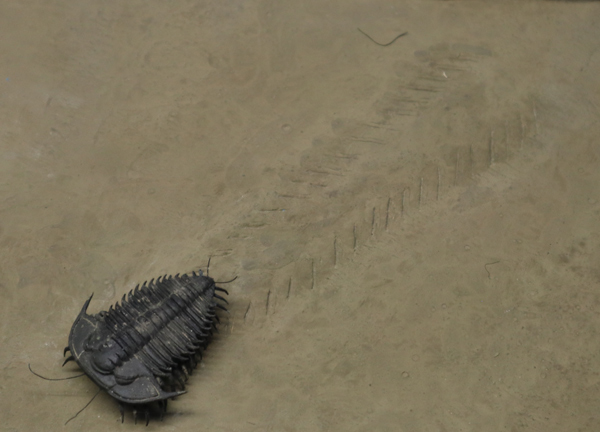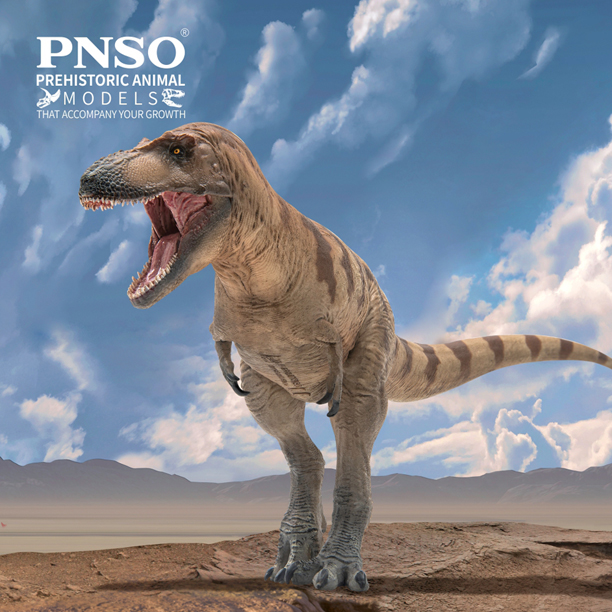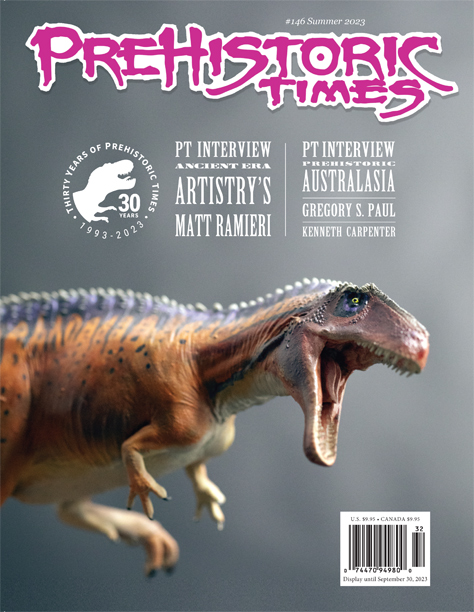Beautiful Papo Iguanodon Model on Display
Everything Dinosaur team members spotted a familiar figure whilst on a visit to Liverpool. At the Liverpool World Museum, a Papo Iguanodon model was spotted. The dinosaur model was part of a display that highlighted the different dinosaurs the lived during the Cretaceous. This Papo model is not the first Papo dinosaur figure to be used in such a way.

Picture credit: Everything Dinosaur
The Papo Iguanodon Model
The Papo Iguanodon model was first introduced in 2018. The iguanodontids may have undergone extensive revision, but Iguanodon (I. bernissartensis) remains an iconic and extensively researched dinosaur genus*.
We suspect that many children visiting the Liverpool World Museum will recognise the model.
* there are two valid species currently assigned to Iguanodon. The type species Iguanodon bernissartensis and Iguanodon galvensis from Spain, which was formally described in 2015 (Verdú et al).
To view the range of Papo prehistoric animal figures in stock at Everything Dinosaur: Papo Dinosaurs and Prehistoric Animals.
Papo Dinosaurs in Museums
Earlier this year, Everything Dinosaur spotted another Papo figure in a museum display. The popular Papo green, running T. rex model is on display at the Manchester Museum. It is in an exhibit highlighting Tyrannosaurus rex.

Picture credit: Everything Dinosaur
A spokesperson from Everything Dinosaur commented:
“Whilst Papo figures may not be the most scientifically accurate models, they have an endearing quality. Children will recognise the dinosaur featured in the museum display based on the dinosaur model incorporated within the exhibit. It was fun to examine the various figures at the museums and to spot some personal favourites.”
Visit the user-friendly Everything Dinosaur website: Everything Dinosaur’s Website.

























